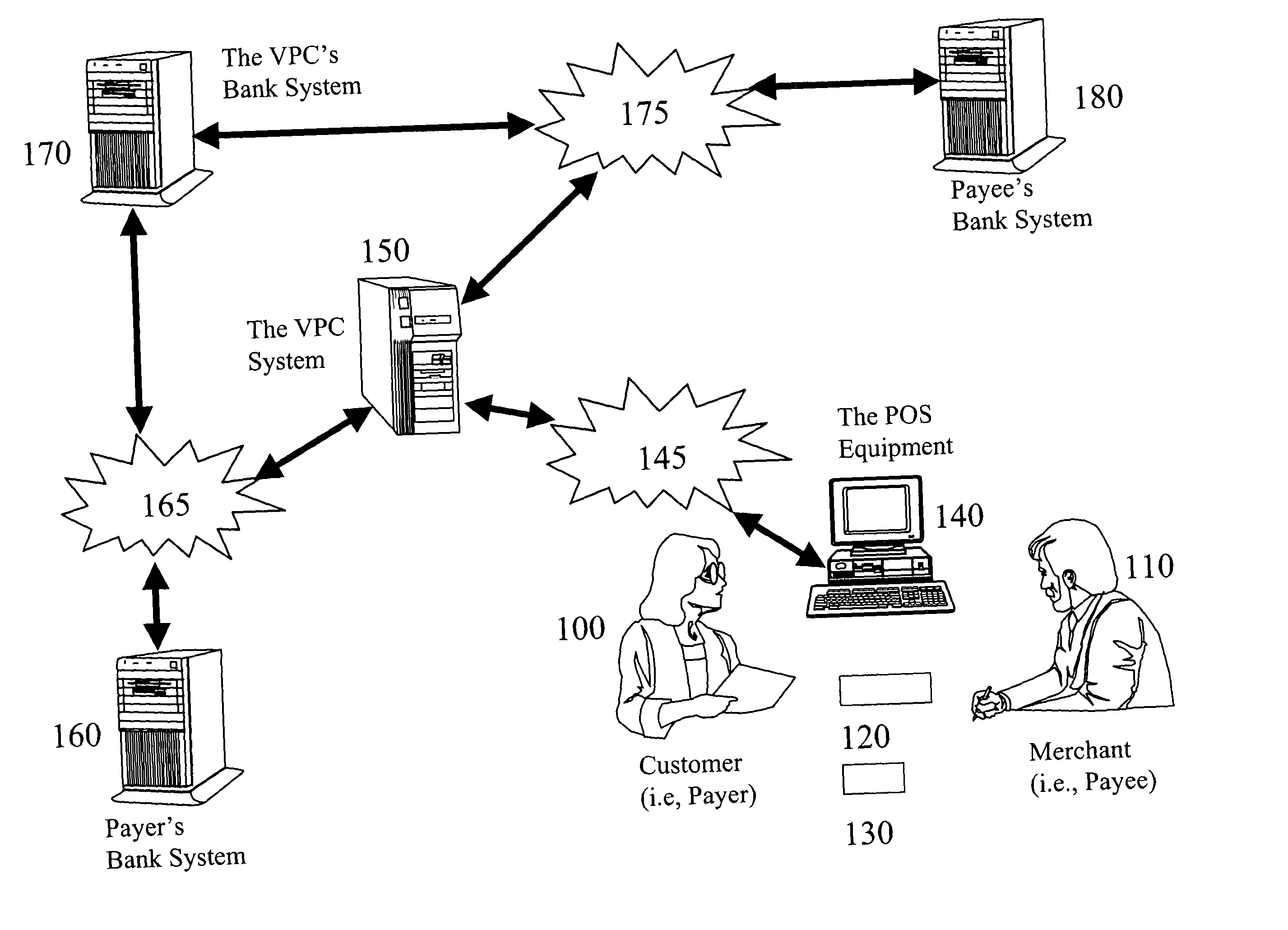However, the financial industry is losing billions of dollars every year as a result of fraud occurring through these
payment instruments.
According to the statistics reported by the Federal Reserve, more than 40 billion checks were issued in the year 2001, which contributed to about 60% of all payments in the U.S. Due to the large volume of checks used in our daily life, most banks cannot afford to verify the signature on every check.
An experienced con artist may fabricate fake checks against hundreds of checking accounts of a
bank in a very short period of time, get paid, and disappear.
There are more than twenty thousand financial institutions in the USA that provide checking accounts and are susceptible to this kind of fraud.
Naturally, financial institutions are facing even higher risks as more people discover how easy it is to fool the financial
system.
As a result, an expert may not be able to tell the difference when an altered check is presented to the
bank, even if the dollar amount is larger than the predetermined threshold.
Consequently, banks are losing billions of dollars every year as a result of check fraud.
Furthermore, checks are not a preferred payment instrument at a
point of sale.
Even the true checking account holder can easily
commit fraud by disputing a paid check, or leaving insufficient funds for an issued check after receiving the goods and services.
Many merchants have suffered badly as a result of check fraud.
This approach has flaws because the merchant has no way of knowing whether the customer is really the account holder or not.
In addition, this kind of
system may misjudge a person's credit when the economy turns sour.
Although some security measures such as copy void
pantograph, high-resolution micro-
graphics, chemical preventions, watermarks, and reflective hollow strip have been theoretically effective in deterring check fraud by payees or third parties, the problem still persists.
The cost of implementing and verifying these additional security measures is so high that most banks and their customers just cannot afford to do it.
Besides, these methods cannot prevent the payer from committing fraud.
It has been proposed that check issuers should imprint on the checks some sort of specially encrypted information, which can be used by the drawee
bank to validate the payees and the dollar amounts, but this technology is not readily applicable to
consumer transactions.
In fact, there has not been a comprehensive, economical and practical solution to preventing check fraud.
Although the "Check 21" proposal can speed up the check clearance process and save the
transportation cost of paper checks, it opens other
doors to fraud.
Credit cards and debit cards are also exposed to high fraud risks.
Since many merchants accept credit cards and debit cards over the phone or over
the Internet based on the account numbers, a
third party can easily
commit fraud because the account numbers are hardly guarded by the cardholders.
Moreover, stolen cards can even be used by thieves in many stores where the clerks are not experts in verifying the identification of a customer.
The
consumer protection laws further aggravate the situation because the maximum loss to a consumer as a result of a stolen
credit card or
debit card is limited to a very small amount.
As a result, cardholders can also easily
commit fraud by denying the transactions (e.g., claiming loss or theft of the cards).
In addition, merchants can easily commit fraud by fabricating fake transactions before going out of business.
Billions of dollars are lost every year as a result of credit or
debit card fraud.
To stay in business and make profits,
credit card companies need to charge merchants 2% to 5%
processing fees, and to charge cardholders very high interest rates (up to 20% or higher) and expensive fees.
In fact, consumers are the ultimate victims of fraud because merchants also have to include the
credit card or
debit card processing fees and the losses caused by fraud into their cost of doing business.
However, a cardholder can still claim loss of card and theft of the PIN.
Furthermore, not everybody is willing to or able to remember his / her PIN, and will instead write it down where it can easily be compromised.
In fact, there are difficulties for a merchant or a bank to legally win a dispute if the checking account holder simply denies this kind of transaction later.
However, fake identification cards are easily available through the black market.
Most merchants have no expertise to tell whether an identification card is a real one or not.
 Login to View More
Login to View More  Login to View More
Login to View More 


